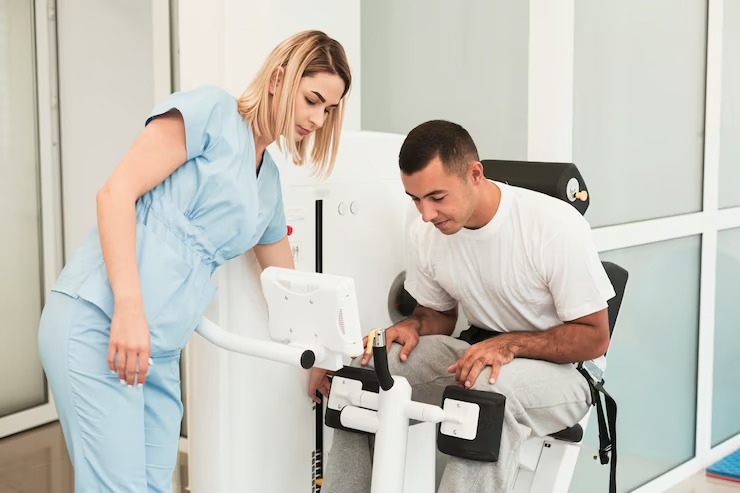Cartilage is a critical component of the musculoskeletal system. It is responsible for cushioning and protecting joints; when damaged, it can cause pain, swelling, and stiffness. Cartilage damage can be caused by various factors, including injury, disease, and wear and tear. Cartilage doctor treatments are designed to address cartilage damage and can include surgical interventions, medications, and other therapies. Physical therapy is often used pin conjunction with cartilage doctor treatments to help patients recover from cartilage damage and improve their overall quality of life.
Physical therapy is a non-invasive approach to treating cartilage damage that focuses on improving the patient’s mobility, strength, and range of motion. Physical therapists work with patients to create personalized treatment plans that may include exercises, stretches, and other therapeutic interventions. Physical therapy can help patients manage pain and improve their physical function, allowing them to perform activities of daily living more comfortably.
One of the primary benefits of physical therapy is that it can help patients avoid surgery. In some cases, physical therapy can be as effective as surgery in treating cartilage damage. For example, a physical therapist may be able to help a patient with knee osteoarthritis avoid a knee replacement by strengthening the muscles around the knee joint and improving their overall mobility.
Physical therapy can also be used pin conjunction with surgical interventions to improve patient outcomes. For example, after a patient has undergone knee surgery, physical therapy can help them recover more quickly and effectively. Physical therapists can work with patients to create rehabilitation plans tailored to their needs and help them regain strength, range of motion, and mobility.
In addition to improving physical function, physical therapy can also help patients manage pain. Cartilage damage can cause significant pain, and physical therapy can help patients learn techniques to manage their pain without relying on medications. For example, physical therapists may use heat or cold therapy, massage, or other techniques to help patients manage their pain and improve their overall quality of life.
Physical therapy can also help patients prevent further cartilage damage. Physical therapists can teach patients how to perform exercises and stretches that can help strengthen the muscles and joints around the damaged cartilage. By doing so, patients may be able to avoid putting unnecessary stress on the damaged cartilage, which can help prevent further damage and improve the overall health of the joint.
Finally, physical therapy can be a cost-effective treatment option for patients with cartilage damage. Cartilage doctor treatments, such as surgery, can be expensive and may require lengthy recovery times. On the other hand, physical therapy is often covered by insurance and can be done on an outpatient basis. Additionally, physical therapy can help patients avoid the need for more expensive interventions, such as surgery, which can save them money in the long run.
In conclusion, physical therapy can be important in cartilage doctor treatments for patients with cartilage damage. Physical therapy can help patients manage pain, improve physical function, prevent further damage, and even avoid surgery. By working with a physical therapist, patients with cartilage damage can develop personalized treatment plans tailored to their individual needs and help them achieve their goals for recovery and overall health.

